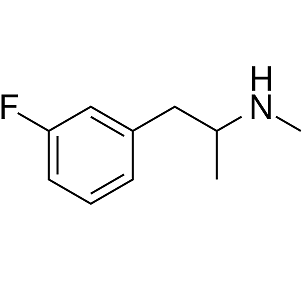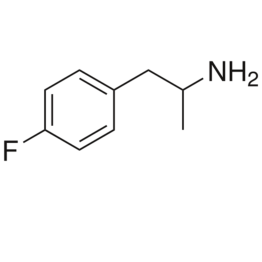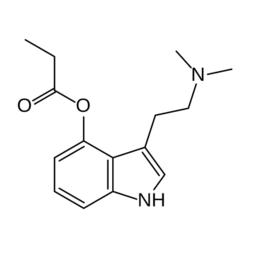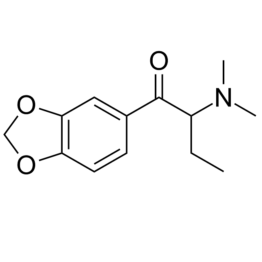Amphetamines
Amphetamines
We have available 99% pure Amphetamine-dextroamphetamine salt combo and sulfates for sale online used for depression, ADHD, anxiety, PTSD etc. These substituted amphetamines are a class of compounds based upon the amphetamine structure; it includes all derivative compounds which are formed by replacing, or substituting, one or more hydrogen atoms in the amphetamine core structure with substituents. The compounds in this class span a variety of pharmacological subclasses, including stimulants, empathogens, and hallucinogens, among others. Examples of substituted amphetamines are amphetamine (itself), methamphetamine, ephedrine, cathinone, phentermine, mephentermine, bupropion, methoxyphenamine, selegiline, amfepramone, pyrovalerone, MDMA (ecstasy), and DOM (STP).
Our research chemicals are mostly structural or functional analog of a controlled substance that has been designed to mimic the pharmacological effects of the original drug, while avoiding classification as illegal and/or detection in standard drug tests. Research chemicals include psychoactive substances as well as analogs of performance-enhancing drugs. Some of these were originally synthesized by academic or industrial researchers in an effort to discover more potent derivatives with fewer side effects and were later co-opted for recreational use. Other research chemicals were prepared for the first time in clandestine laboratories. Because the efficacy and safety of these substances have not been thoroughly evaluated in animal and human trials, the use of some of these drugs may result in unexpected side effects.
The development of designer drugs may be considered a subfield of drug design. The exploration of modifications to known active drugs—such as their structural analogues, stereoisomers, and derivatives—yields drugs that may differ significantly in effects from their “parent” drug (e.g., showing increased potency, or decreased side effects). In some instances, designer drugs have similar effects to other known drugs, but have completely dissimilar chemical structures (e.g. JWH-018 vs THC). Despite being a very broad term, applicable to almost every synthetic drug, it is often used to connote synthetic recreational drugs, sometimes even those which have not been designed at all (e.g. LSD, the psychedelic side effects of which were discovered unintentionally).





Recent Comments